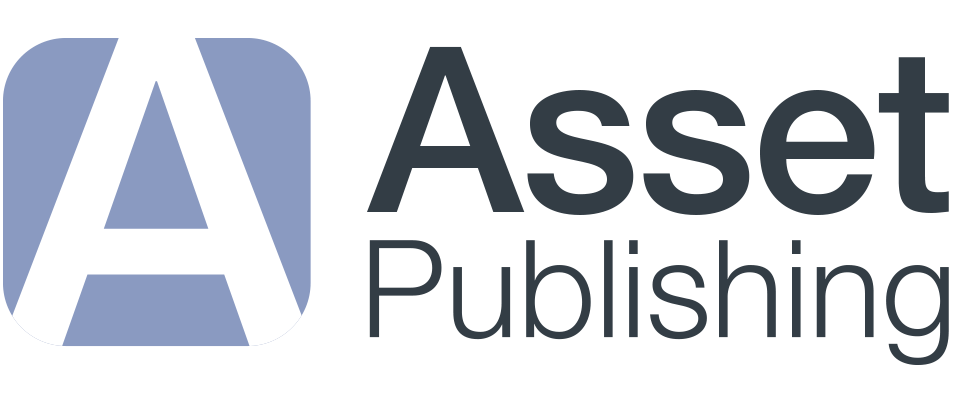SA’s average residential purchase price ‘comfortably’ exceeds R1.6m mark during Q1

A stable interest rate environment, along with expectations of further rate cuts and better economic prospects, drove an 18% increase in home loan application volumes in Q1 2025 with the total value of bonds granted also having increased sharply, up 22.3% says ooba Home Loans.
Furthermore, stronger demand for home loan finance spurred on greater competition among SA’s major lenders during the quarter resulting in a year-on-year increase in the average approved bond size – up 2.5% for repeat homebuyers and 6.5% for first-time homebuyers.
The modest recovery in national house prices continued in Q1 2025 with the average purchase price rising to R1,661,519, up 2.2% year-on-year and 2% quarter-on-quarter.
“We’re now comfortably exceeding the R1.6 million mark – with expectations that house prices will continue to rise modestly throughout 2025,” comments Rhys Dyer, CEO of ooba Home Loans.
The average purchase price among first-time homebuyers also increased, this time by 4.5% year-on-year, reaching R1,247,810 in Q1 2025.
Tshwane led the way in annual growth in overall purchase price, climbing 10.5% year-on-year to reach R1.79 million. The Free State followed with an 8.8% increase to R1.15 million meanwhile the Western Cape maintained the highest average purchase price at R2.33 million, although at a more modest growth rate of 3.4%.
Reviewing historical bond data, Dyer notes a shift toward the >R3 million price band over the past three years, likely driven by semigration trends. “These buyers tend to be older and more affluent, contributing to increased activity in the upper market,” he says.
In Q1 2025, this segment accounted for 28% of volumes — six points behind the <R1.5 million to <R3 million band and on par with the >R750,000 to <R1 million range.
Driven by competitive lending activity, deposit requirements – particularly among first-time homebuyers – continued trending downward however, the current average deposit sits at 15.4% – 5.4 percentage points higher than the generally recommended deposit amount of 10%.
The average deposit held relatively steady at R255,514.
Among first-time homebuyers, the average deposit sits just below the recommended 10% level, at 9.6%. This figure represents a 15% year-on-year decline, with the current average pinned at R120,366. “Last year, first-time homebuyers placed greater emphasis on saving for deposits. That priority appears to have shifted, likely due to improved consumer affordability and the increasingly favourable lending terms offered by banks,” Dyer adds.
There has been a steady return of first-time homebuyers to the market with a 1% increase recorded year-on-year. “First-time homebuyers accounted for 46.5% of all applications for the quarter, a promising figure underpinned by a succession of interest rate cuts over a period of six months and subsequent rate holds.”
Regionally, 58% of home loan applications from first-time homebuyers were for properties in Mpumalanga, followed by the Free State at 55.9% and KwaZulu-Natal at 52.4%. Gauteng South & East was the only other region where first-time buyers made up more than half of all applications, at 51.2%.
“Banks continue to compete for home loans market share by offering attractive discounts in the prime lending rate” says Dyer, pointing to ooba Home Loan’s average interest rate of prime minus 0.55% secured for its homebuyers in Q1 2025 – a notable year-on-year improvement of 0.03 percentage points.
The banks are also making home loans finance more accessible to homebuyers with zero deposit loans at flexible repayment terms, bolstering approval rates. For the quarter, ooba Home Loans achieved a national bank approval rate of 83.1%, down by just 0.1% from Q4 2024, with the Western Cape and Johannesburg enjoying the highest bank approval rates in the country (85.7% and 85%, respectively).
“We also continue to see a healthy ratio of applications declined by one bank but approved by another – at 43.2% – underscoring the importance of shopping around for a home loan.”
Investment properties remain in high demand, recording a year-on-year increase of 0.5% to reach 12.9% in Q1 2025 with the Western Cape remaining a top contender, accounting for 32% of all applications received in Q1 2025 compared to 30.1% a year ago
The Eastern Cape, which recorded strong investment demand in 2024, has seen investment applications weaken in 2025 – slipping to 12.9% in Q1 2025, down from 15.7% a year ago.

